After reopening its doors to visitors once the health crisis of the COVID-19, Thyssen-Bornemisza museum de Madrid once again presents an exhibition that you cannot miss, Rembrandt and the portrait in Amsterdam.
Extended until August 31, in this interesting exhibition you can learn about the facet of the great Dutch painter as a portraitist of the new social class in Holland.
Before visiting this exhibition, it is good to place Rembrandt in his time of the 17th century.
At that time, trade meant that in a port city like Amsterdam a lot of money came in, which led to the liberalization of the economy, and with it, society, so that the so-called liberal bourgeoisie.
The nobles and aristocrats gave way to a new middle class that had a lot of money and wanted to spend it on decorating the walls of the large houses that they acquired on the canals and on farms in the countryside with their portraits.
For this new bourgeoisie, it was a way to be remembered, whether for marriage or family reasons, or for their professional successes.
Attracted by this circumstance, Rembrandt moves to Amsterdam around 1631 from his hometown Leiden.
At that time there were already important portrait painters in the city such as Keyser o Frank Hals, since portraiture was a genre that was in great demand, and this attracted many artists because of the business opportunity it represented.
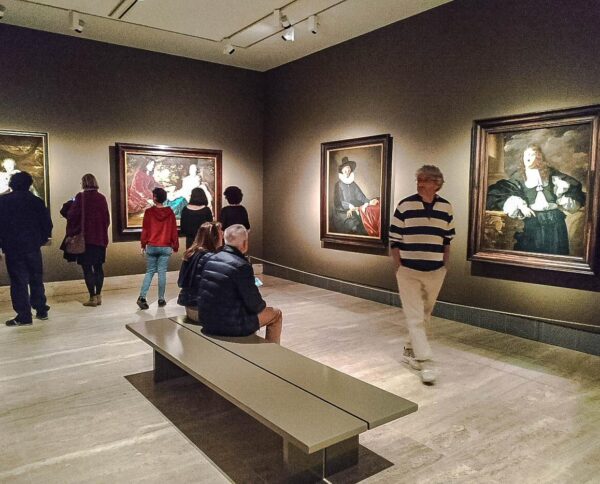
Any artist who wanted to succeed in the 17th century considered Amsterdam as one of the best cities to settle in.
Rembrandt He arrived in the city without being a very recognized painter, and at that time he had not yet painted a single portrait, but it was there where he developed this facet as a portrait painter for ten years, reaching the highest level.
From there the production of large canvases began, such as 'Night Watch' or “Anatomy lesson.”
Furthermore, clients begin to demand paintings in which they do not appear in a hieratic position, looking like they are posing, but in more everyday scenes.
All the information in detail
What to see at the exhibition “Rembrandt and the portrait”
This exceptional exhibition is curated by Norbert E. Middelkoop, the curator of Amsterdam museum, and consists of 80 paintings, 16 engravings and an engraving plate.
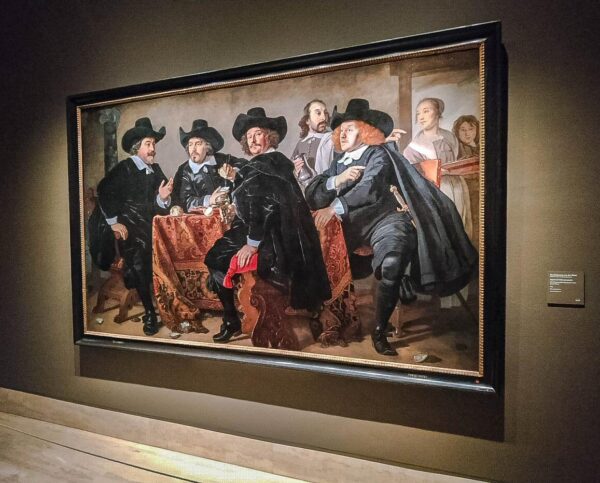
Some of the works on display have never been seen before in Spain.
The works not only come from the aforementioned Amsterdam museum, but also from other art galleries such as Hermitage of Saint Petersburg, the New York Metropolitan, National Gallery in New York and National Gallery of London, as well as different private collections.
The exhibition includes, in addition to the 39 works painted by Rembrandt, a selection of canvases by contemporary artists and predecessors of the painter such as Cornelis Van der Voort, Jacob Backer, Frank Hals o Werner van den Valcklert.
It shows us paintings dedicated to the portrait of 35 artists for almost a hundred years, the so-called Dutch Golden Age.
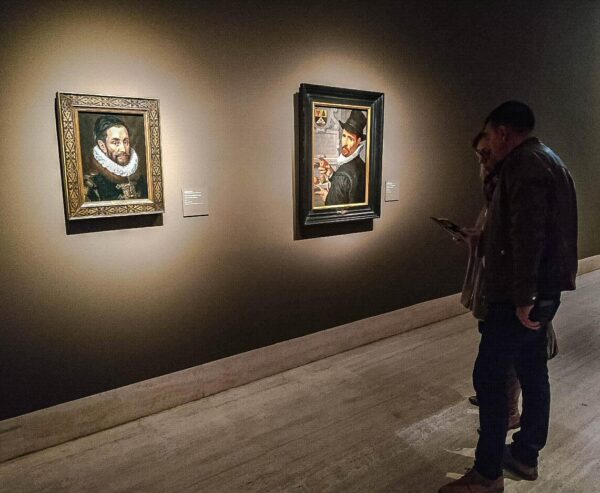
In the different works you will see businessmen, group portraits, artisans at work, women, children and scholars of the time, as well as famous portraits of the painters themselves.
La exhibition of Rembrandt in the Thyssen-Bornemisza museum in Madrid It is planned with a tour of eight rooms.
Tradition and innovation
We can consider the first room dedicated to tradition and innovation as a sample of the characters that you will see represented throughout the tour.
They are neither nobles, nor aristocrats, nor ecclesiastical authorities as was usual, but rather bourgeois families, artists and members of the city's elite painted alone or in groups.
ORGANIZE your TRIP
- Don't forget your TRAVEL INSURANCE with a 5% discount
- Book the HOTEL for your trip
- RENT a CAR for your trip
- The best TOURS and EXCURSIONS in Spanish
- NO-LINE TICKETS for museums and monuments
- Best FREE TOURS around the world
- Book your TRANSFER from the airport
- eSIM card with INTERNET at the best price
To highlight the portrait of the Civic Guard of Captain Arent ten Grootenhuys and Lieutenant Jacob Floriz, Frans Badens, which due to its large dimensions has been installed in the museum's entrance room.
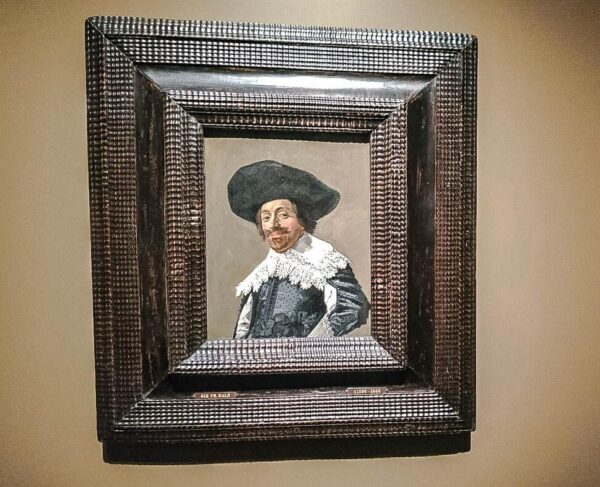
A new generation
In this section you take a tour of some of the predecessors to Rembrandt, among which stand out Van der Voort, who brought new features to the portrait, giving greater naturalness to his clients.
As well Van der Valckert, who introduced historiated portraits into his canvases, very well balanced in the composition, or By Keyser, who paid special attention to the figures in relation to space, creating great harmony.
Rembrandt's first portraits
When Rembrandt arrived in Amsterdam, his dealer and also a painter, Hendrick Uylenburgh He played a very important role in introducing the artist to the art market and social circles of the time.
Rembrandt He observed and used some of the resources of his predecessors, adding others of his own creativity, such as movement or action in his models.
He achieved enormous success by introducing changes such as the turning of the character's head, the gentle twisting of the body or the postures of what was possibly his sister. Elisabeth van Rijn.
In this room you will see some examples of tronies as “Bust of an old man in a fantasy costume”, which is a typical Dutch representation that does not want to be a portrait, but rather a type, and which came to constitute an independent artistic genre.
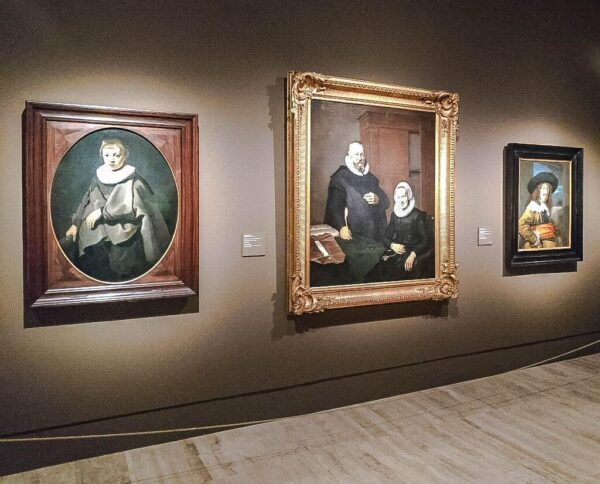
Rembrandt and his competitors
When the young man Rembrandt arrived in Amsterdam, there was already an important and numerous group of painters in the city who were dedicated to portraits.
Among the most significant was Frank Hals, who although his activity was carried out more in Haarlem, had very important commissions in Amsterdam.
He was an exceptional portrait painter who knew how to capture his models in casual poses, giving the portraits more naturalness.
You will also see works of Jacob Backer, Dirck Santvoort or from German Joachim von Sandrart, all contemporaries of the artist and trying their luck in the rich Dutch city, one of the first capitalist cities in Europe.
Change of Rembrandt's style
After ten years doing portraits, and already well established in the city of Amsterdam, Rembrandt reduced the production of portraits.
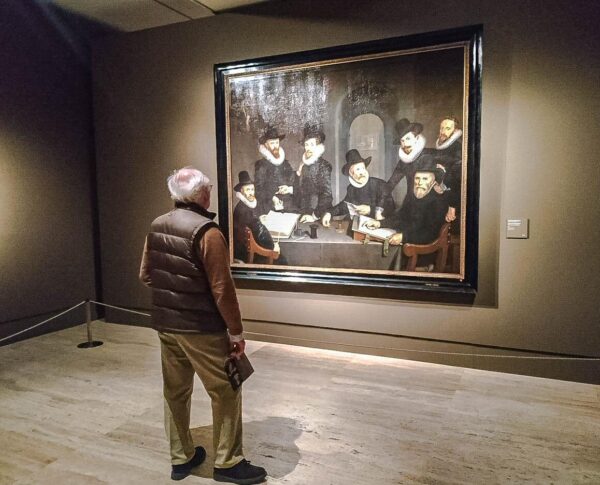
At that time his wife died. Saskia, which was a strong blow for the artist, but at the same time this gave rise to a change in the painter's creation, with works as impressive as “Round night“, one of his most universally recognized pieces.
New artists appear with different ideas that incorporate new formulas, which indicates a change in tastes.
Small format portraits are beginning to become fashionable where clients are the protagonists of everyday scenes, both indoors and outdoors.
Divergent paths
In this room you will see the evolution of tastes, and how the portrait market evolves, demanding that painters pay more attention to the poses of the figures in more careful settings, such as in "Portrait of a man at his desk de Rembrandt.
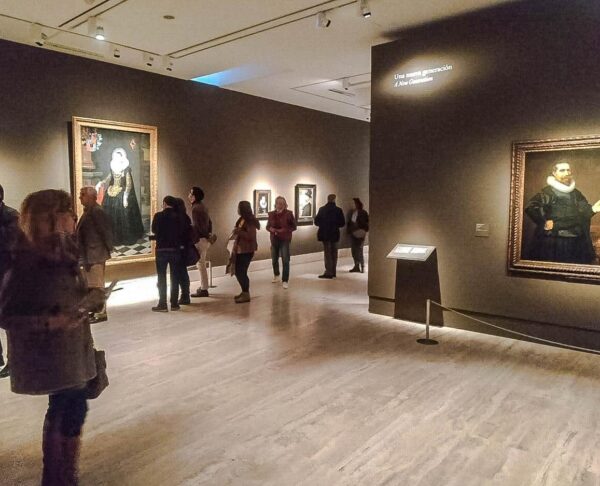
These changes are accepted by the artist in an absolutely personal way, and he applies the so-called “rough manner” which until then was only used in tronies and for which he was considered a celebrity outside his homeland.
Rembrandt and his competitors: recent years
In this last stage, Rembrandt He remained faithful to his style, a style in which shadows, dark and highly contrasted tones predominated.
Unlike its competitors, who evolved according to the trends of the time, Rembrandt He maintained his pasty and thick brushwork, charging the portrayed figures with expressiveness.
Don't forget your Travel Insurance
Are you organizing your trip or getaway? Don't leave without take out your travel insurance before, and here we explain why. If you hire it with us, you have a 5% discount
Rembrandt: etchings with portraits
In addition to being a great painter Rembrandt, was an extraordinary engraver, and made engravings of his inner circle, such as family and friends.
The etching of Jan Six, 1647, and self portrait, from 1639, in which the artist represents himself with his arm resting on a parapet.
In short, Thyssen-Bornemisza exhibition It is a sample of portraiture over a hundred years, with the most important artist of the 17th century as a portrait painter and engraver.
The visit lasts approximately one hour. Thyssen Bornemisza temporary exhibition hall, and you can take photographs, except for some works that are from private collections, and where it is indicated that it is not allowed.
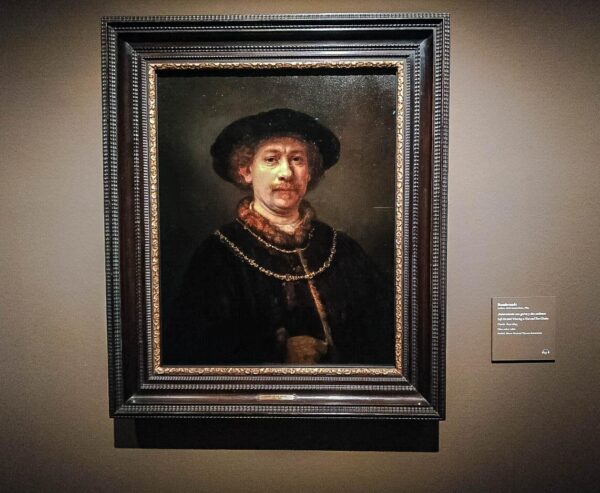
Rembrandt exhibition hours in Thyssen-Bornemisza
The Rembrandt exhibition schedules at the Thyssen-Bornemisza museum, which you can visit until May 24, are, from Tuesday to Sunday, from 10 a.m. to 19 p.m., except on Saturdays, when it closes at 21 p.m.
On Mondays the exhibition is closed to the public.
The ticket prices to visit the Rembrandt exhibition The general one is 13 euros, and the reduced one is 9 euros.


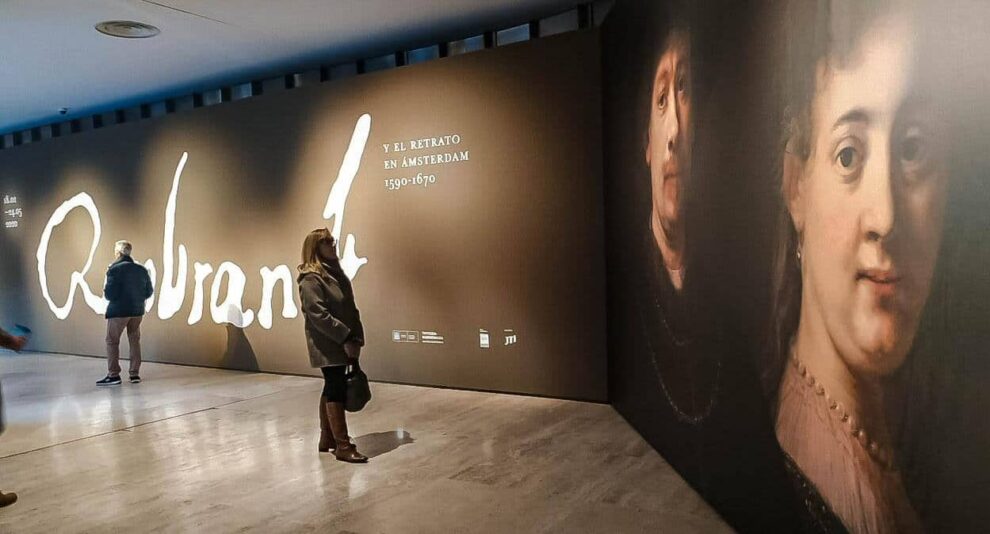
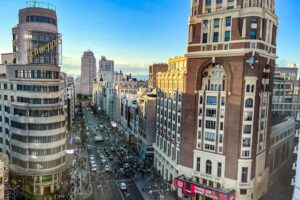
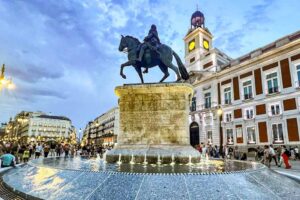
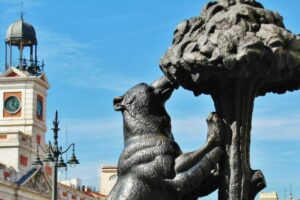











Comment